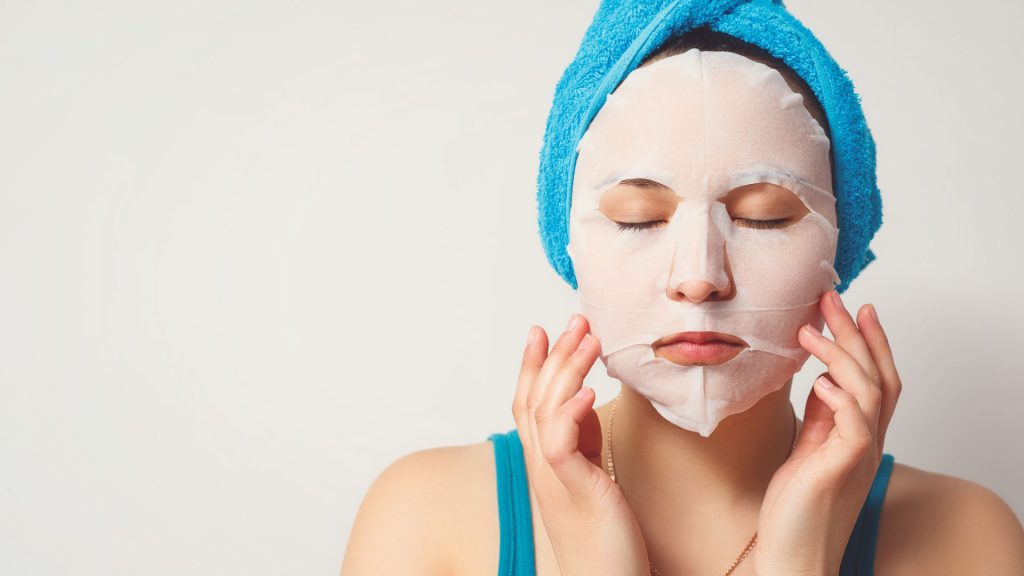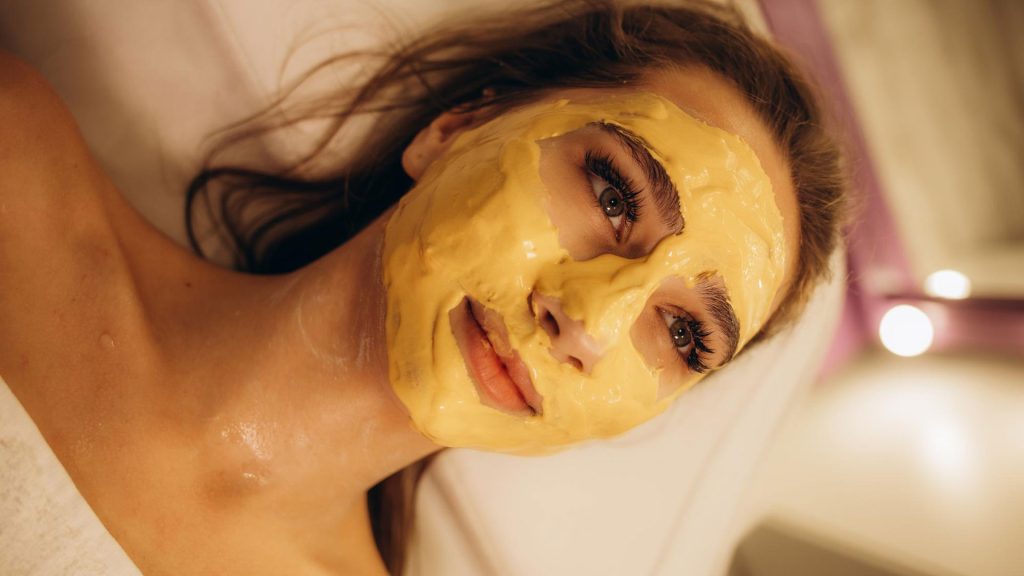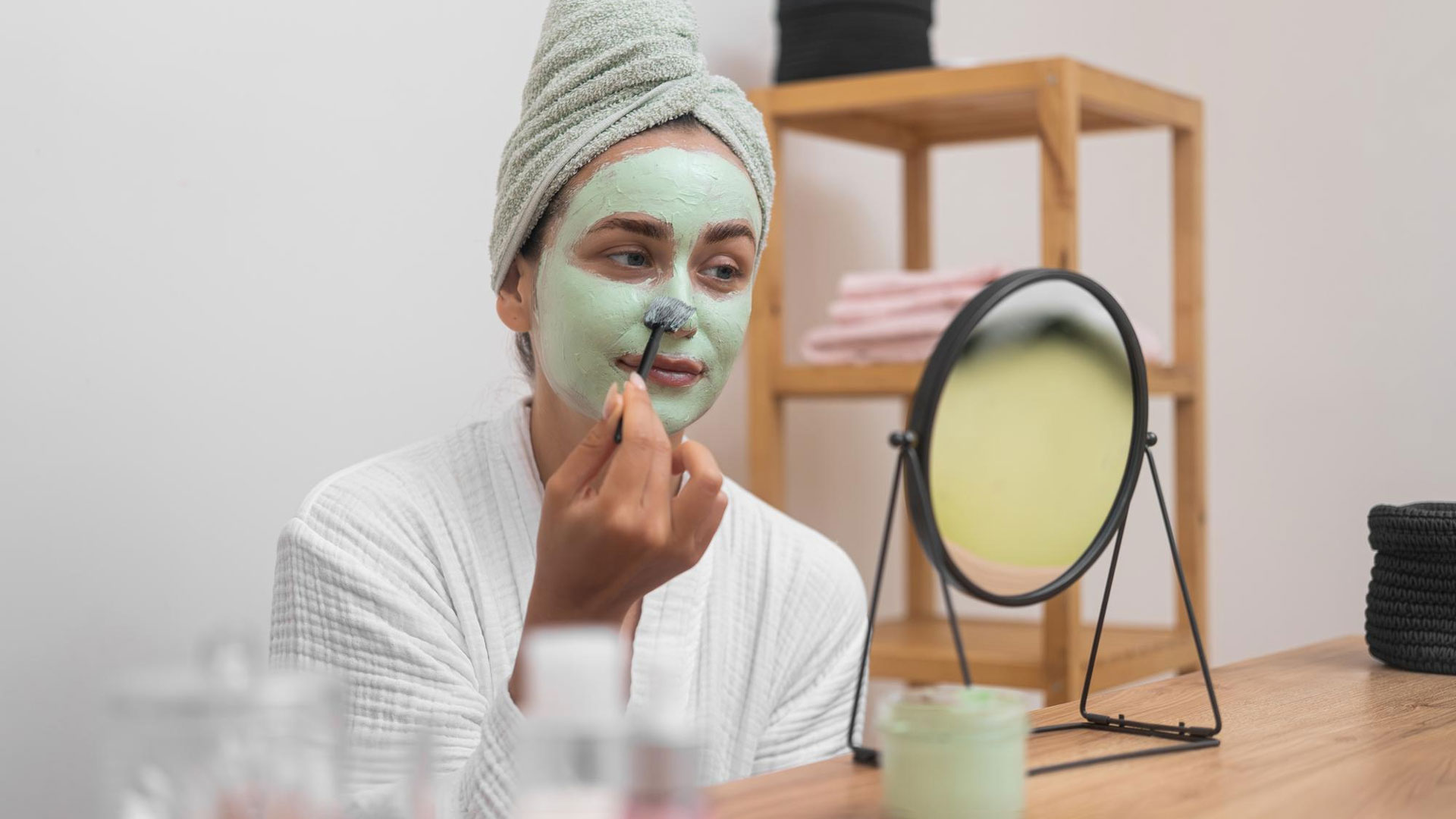When beauty routine starts feeling overwhelming, facial mask come as an effective solution. These masks have become a lead in skincare, but with so many types and ingredients out there, finding the perfect facial masks can be a bit chaotic. Whether you’re looking to hydrate, brighten, or firm up your skin, there’s a mask out there for you.
Incorporating facial masks into your routine can elevate your self-care experience. Let’s explore the types of facial masks, their unique benefits, and tips on how to use them for maximum results.
Why Use a Facial Mask?
Facial masks are like a mini facial you can enjoy at home. Each mask type has targeted ingredients that address specific skin concerns, from acne and inflammation to dryness and dullness. The mask traps the moisture or ingredient in the skin and allow ingredients to penetrate better into your skin in a short amount of time. Unlike skincare products such as cleansers or moisturizers, masks provide deep treatments – and make you feel pampered!
What Are The Types of Facial Masks & Their Benefits?
Clay Masks
When it comes to deep cleansing, clay masks are unparalleled. Ideal for oily or acne-prone skin, these masks work by drawing out impurities, reducing oil, and shrinking pores. Clay masks can sometimes be drying, so it’s best to use them once or twice a week and follow up with a hydrating moisturizer.
Sheet Masks

Well like for their ease of use. Its a go-to for a quick hydration boost, sheet masks are typically made from fabric soaked in a serum filled with vitamins, peptides, and hydrating agents. They lock moisture into the skin and are convenient for a mess-free experience. Place them in refrigerator for cooling experience and leave them on for 15–20 minutes for an instant glow. Sheet masks are usually simple to apply and easy to remove.
Gel Masks
These masks are formulated with water-based ingredients, providing a burst of moisture to dry skin. Gel masks are fantastic for sensitive, or irritated skin types. Packed with soothing ingredients like aloe vera, cucumber, and hyaluronic acid as they provide intense hydration while giving a cooling and calming effect on the skin. Perfect for post-sun skin or anytime you need a refresh.
Exfoliating Facial Masks
Exfoliating masks typically contain AHA (alpha hydroxy acids), BHA (beta hydroxy acids), or enzymes from fruits like papaya and pineapple. These ingredients kick-off dead skin cells, revealing a brighter, smoother appearance. These masks are best for uneven texture or dullness but should be used moderately – once a week is ideal.
Cream Masks
For dry and mature skin, cream masks are rich, nourishing, and packed with moisturizing ingredients like shea butter, honey, and ceramides. They are suitable for eye masks or other spot treatments because they can improve hydration. These masks help restore hydration levels and are perfect for an overnight treatment to wake up with dewy, supple skin.
Peel-Off Masks
Similar to clay masks, peel-off masks help draw out dirt, bacteria, and excess oil. Peel-off masks are a fun and effective way to revitalize your skin. They act like a magnet for impurities, leaving your skin feeling extra clean and fresh. After applying on the skin leave it for a period of time and then gently peel it off.
How to Choose the Right Facial Mask for Your Skin Type?
– Oily/Acne-Prone Skin: Look for clay, peel-off, or exfoliating masks to control oil and reduce breakouts.
– Dry Skin: Go for hydrating gel, cream, or sheet masks to that are high in moisturizer.
– Sensitive Skin: Choose soothing gel or sheet masks with calming ingredients like aloe vera and chamomile.
– Combination Skin: You can try multiple masks by applying a clay mask on oily areas (like the T-zone) and a hydrating mask on dry areas.
Best Tips for Using Facial Masks
1. Prep Your Skin
Start with a clean face. Use a gentle cleanser to remove any dirt, oil, and makeup which allows the mask to work its magic on your skin directly.
2. Apply Evenly and Avoid the Eye Area
Spread the mask evenly over your face, avoiding the eye and mouth areas, where skin tends to be thinner and more sensitive.
3. Follow Instructions
Each mask is unique, so follow the instructions regarding the application time. Overusing masks, especially clay and exfoliating ones, can lead to irritation.
4. Rinse Off Properly
After removing the mask, rinse your face with lukewarm water and gently pat dry with a clean towel or cloth. If it’s a sheet mask, massage the leftover serum into your skin for added benefits.
5. Seal with Moisturizer
To maximize the mask’s effects, apply a moisturizer to lock in hydration and keep your skin balanced.
Some DIY Homemade Facial Mask Ideas
If you love DIY beauty, try making your own face mask with ingredients right from your kitchen. Here are two simple recipes:
– Honey & Yogurt Mask: Mix one tablespoon of honey with one tablespoon of plain yoghurt. Apply to your face for 10–15 minutes. Honey helps in hydrating and yoghurt’s lactic acid helps to gently exfoliate, leaving your skin soft and glowing.

– Avocado & Oatmeal Mask: Mash half an avocado with one tablespoon of oatmeal. Leave on for 10–15 minutes. Avocado is ultra-nourishing, and oatmeal soothes and reduces redness which makes this mask perfect for dry or sensitive skin.
How Do Face Masks Work?
If you’re looking to include facial masks in your skincare routine, you have a lot of choices. Keep in mind that while masks can be a fun and relaxing treat, they’re designed to be a temporary boost.
Frequently Asked Questions (FAQs)
Q: How often should I use a facial mask?
A: This depends on the mask type. Hydrating and soothing masks can be used 2–3 times a week, while clay, exfoliating, and peel-off masks are best used once a week.
Q: Can I leave a mask on longer than the recommended time?
A: It’s best to follow the instructions for highly effective results.
Q: Should I apply a facial mask before or after moisturizer?
A: Apply a facial mask before moisturizing, as the mask prepares your skin to absorb moisture better.
Secrets to Glowing Skin with Facial Masks
Facial masks can be your new secret weapon for achieving a hydrated, glowing complexion. Explore different types to find what works best for you, or switch it up depending on what your skin needs. Do a test run –Before using any new products onto your skincare routine, always use a patch test.
Time for you to enjoy some self-care that helps you relax and recharge. Give your skin the love it deserves and enjoy the results!

